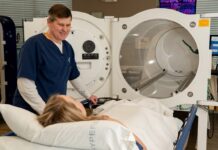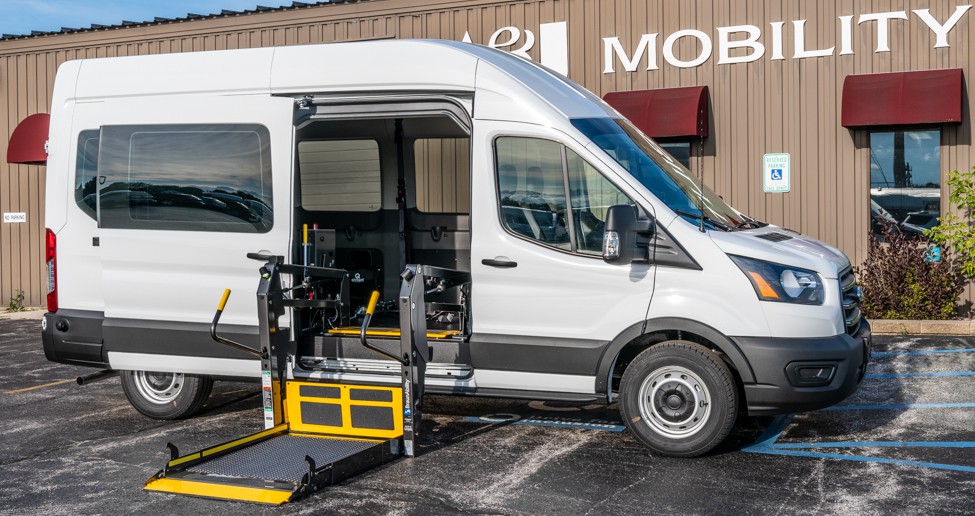
Humans are exposed to constant health conditions and illnesses. As a result, the need for transportation facilities and services to the nearby hospital or medical center is always essential. However, out of these situations, there are services provided by ambulance companies for patients who do not need urgent transport to the hospital.
For such people, non-emergency ambulance transport UK is beneficial for getting required services depending on their condition. Furthermore, this mode of transportation is offered to patients who have to travel to or from a medical center but are unable to use public or private transportation facilities due to their health condition.
New planning and schemes have been introduced to make the overall process of non-emergency patient transportation efficient and comfortable. The following sessions will discuss further this mode of transportation for patients.
Importance Of Transportation Facilities For Patients
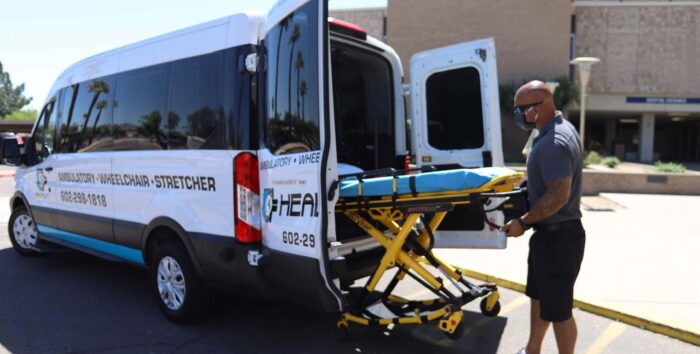
Commonly, patients are provided with two types of transportation. One is the non-emergency mode, which transfers patients to and from the hospital during non-emergency situations. The other mode is for patients who feel challenged to walk within the facility for medical requirements like tests or to receive any procedures.
Therefore, in every situation, transportation specially created for all types of patients is required. This will improve the quality and function of a medical center. It will also help the patients to have trust in the service offered by the hospital.
From arrival to discharge, the person who comes to the hospital should be able to have facilities that can improve the experience. In short, having a good patient transportation service within the facility and outside can benefit both the patient and the hospital in many ways and is better for a longer period.
Modes Of Medical Transportation
Medical transportation is a prominent factor in maintaining a quality relationship between the hospital and the patient. It is essential during emergency accidents or incidents that require transferring and bringing people to the hospital on time.
The two common modes of transportation available are emergency and non-emergency transportation services. Both modes consist of ambulances that include trained drivers, paramedics and medical professionals to help patients reach hospitals safely.
Types Of Non-Emergency Mode Of Transportation
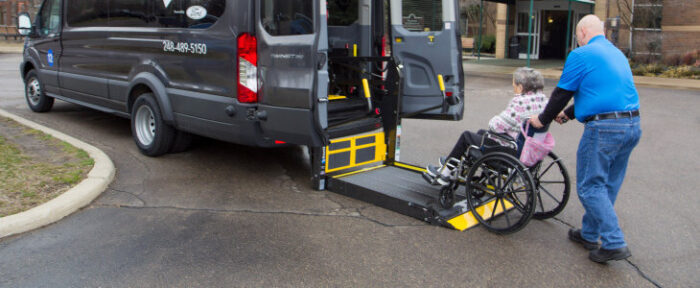
Apart from the special conditions of the people who need to travel to and from a medical center on the need for the check-up, this mode of transportation is also good for saving money and helping the patients financially.
The different types of services available under this mode of transportation are ambulatory services, wheelchair services, stretchers, flight services and couriers. Ambulatory services are for people needing clinical assistance and basic support without medical equipment.
Wheelchairs and stretchers are provided for those who cannot walk or have issues with their spinal cord and need to lie down. People who want to travel by air with medical supervision are offered flight services, and couriers are used to transferring organs and blood involving confidential medical situations.
An Overview Of Non-Emergency Patient Transport
This mode of transportation provides funded transport to patients who need safe and independent travel due to a medical condition. Along with this mode of transportation, the NHS also provides additional transport services to ease the patient’s journey to the medical center.
The main goal of this service is to give NHS-funded transport if a patient requires any medical assistance. The transportation facility is only available for everything from reaching the hospital for appointments and checkups to returning from there. It is not provided for primary care with services for those who cannot leave their homes.
According to a survey conducted by the NHS, around 12 million patients request non-emergency modes of transportation. Most are for patients above 65 years of age attending outpatient appointments.
Eligibility Criteria For The Service

The service applies to anyone with a medical condition, need for mobility, sensory impairment or safeguarding needs. The patient should be treated and referred by a doctor from a healthcare center which is non-primary care and is funded by the NHS, or else the patient should be discharged from a similar hospital.
A patient is qualified for this service if they require a constant oxygen supplement and need medical assistance or medical equipment during traveling or have an illness that might be risky when publicly traveled. Patients under 16 years of age and others needing a medical professional for help can accompany a relative or an escort for the journey.
Taking An Appointment
All the non-primary care NHS-funded healthcare facilities can refer patients to the non-emergency patient transport service if they are eligible and come under any criteria for the transport facilities. The location of the patient is not an issue. They do not provide any facilities for primary health care services.
Benefits And Opportunities Through Non-Emergency Transportation For Patients
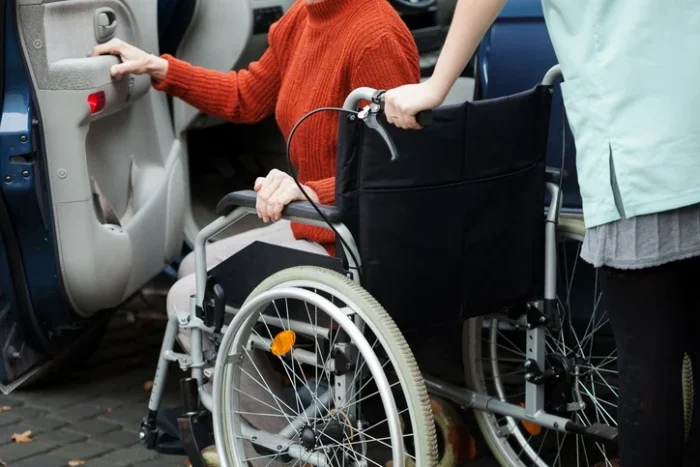
The staff and medical professionals provide necessary facilities for the patients, and this has led to a positive impact of this type of transportation on them. In addition, since the pandemic, extra care has been offered, taking proper distancing and other guidelines for a safe and independent journey of the patients in a risk-free atmosphere.
The future of the non-emergency mode of transportation is to make it more flexible and sustainable for patients. The outpatient appointments have been reduced to free up the traveling needs so that it will have less use of transportation with less emission of gasses. Further introduction of electric vehicles will improve the air quality in the future.
Conclusion
The need for non-emergency patient transport has grown in recent years. Even then, more of these facilities should be provided in the future as the hospitals tend to focus more on emergency patient transport. Scheduling and using this mode of traveling is easy once you are eligible for the process.
You can easily place an appointment with your doctor and use the service for non-primary healthcare. This is an excellent way to ensure that you or your loved ones can safely reach hospitals with care and without concerns.


